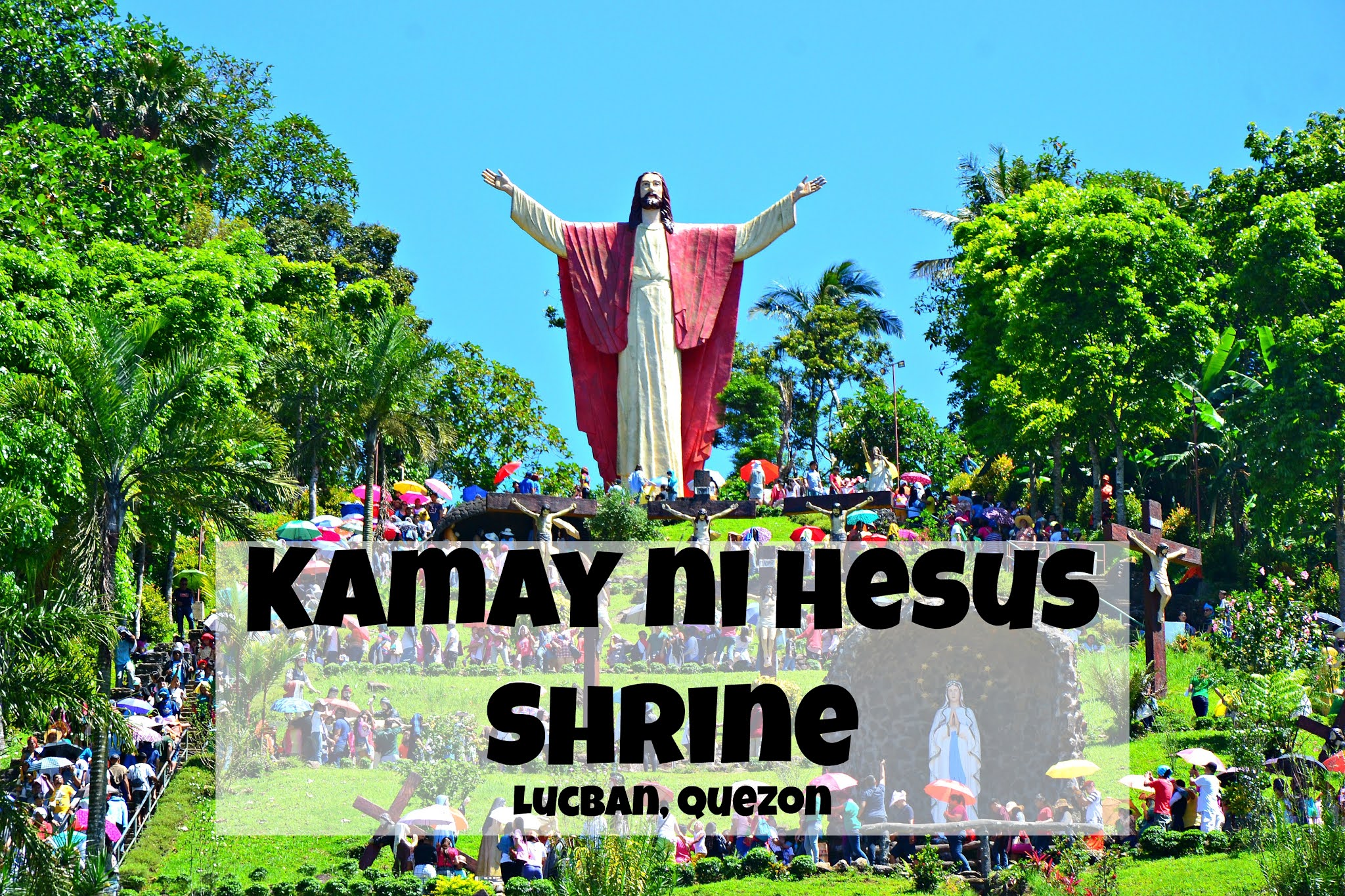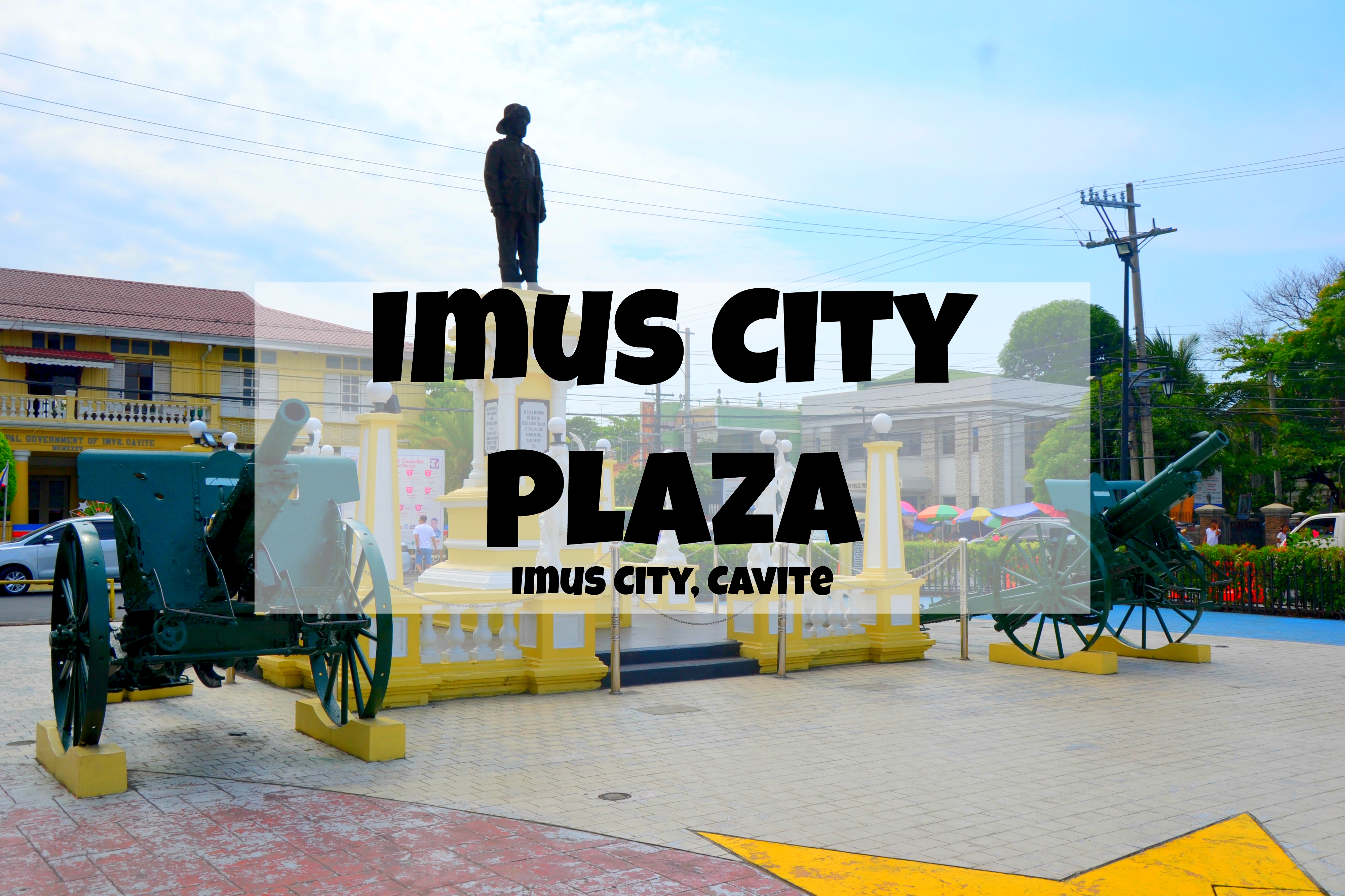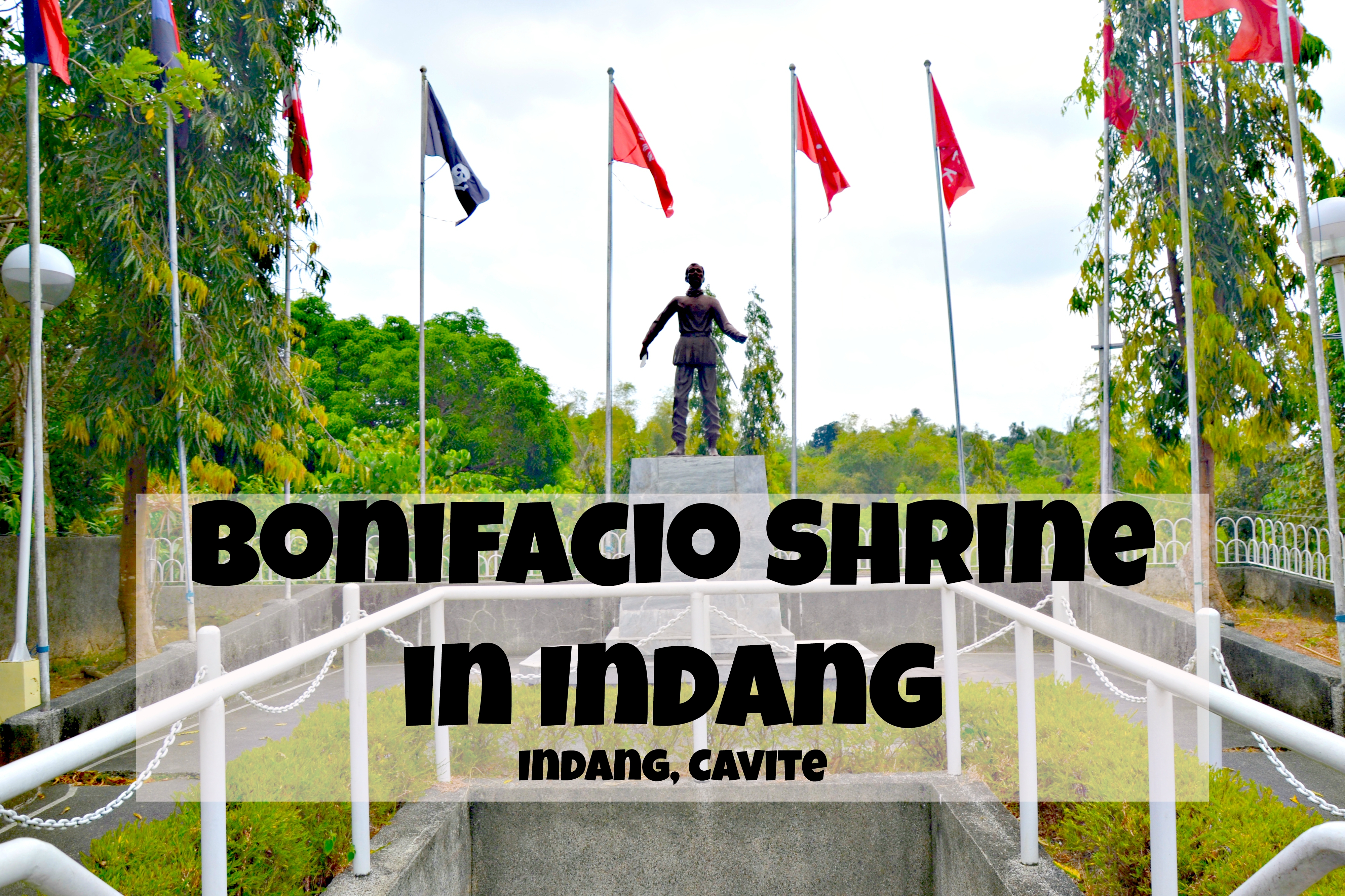Kurashiki River - Okayama
Kurashiki River (倉敷川) is a “second-class river” coursing from the picturesque Kurashiki Bikan Historical Quarter in Kurashiki City to Lake Kojima located in Minami Ward, Okayama City both in Okayama Prefecture, Japan.
 |
| Kurashiki River |
Kurashiki River details
Once, Kurashiki was a port town facing the tidal flats at the mouth of the Takahashi River, but it gradually shifted inland due to reclamation projects in the surrounding areas since the Edo period. Eventually, the remaining portion of the reclaimed tidal flats became an inlet, and the Kurashiki River began functioning as a canal for ships to come and go with the ebb and flow of the sea tide.
 |
| Kurashiki River - Kurashiki City, Okayama Prefecture |
Also known as the "Shioiri River," "Funairi River," or "Maegami River," it was bustling with goods transportation by boats until the early 1960s, with ship moorings for loading and unloading cargo located near the downstream entrance bridge of the Bikan Historical Quarter. However, in 1959, the closure embankment was built at Kojima Bay, leading to the loss of the Kurashiki River's canal function. Consequently, it became somewhat detached from the daily lives of the citizens. Furthermore, the Shin River, which connected Kurashiki with Kawashimacho, was reclaimed, worsening the water quality of the Shioiri River as it lacked a natural source.
Pictures of the Kurashiki River from Kurashiki Bikan Historical Quarter
Subsequently, the tourism boom during the period of high economic growth became a turning point, bringing the spotlight back to the river. In 1968, dredging of the riverbeds in the Kurashiki Bikan Historical Quarter area began as part of Kurashiki City's revitalization efforts. In recent years, coastal parks have been developed from Central 1-chome to the Fujito area, with pergolas and benches installed at the former ship mooring sites, transforming it into a waterside park.
 |
| Visitors can avail of the boat tours from the Kurashiki Bikan Historical Quarter |
From the reclaimed lands to the Ruriko area, citizen groups have been actively planting cherry blossoms and other trees, turning the area into a popular walking spot for residents. Additionally, efforts to restore the natural environment, such as the seeding of water lilies by residents near Kasuyama, the only native habitat of the water lily in the prefecture, have gained momentum.
 |
| Imahashi Bridge |
 |
| Check out the dragon design on Imahashi Bridge |
 |
| Yurin-so (有隣荘) as seen from Imahashi Bridge |
At present, the most popular part of the Kurashiki River is the willow-lined segment inside the Kurashiki Bikan Historical Quarter which was once an Edo-era trade route, popular for boat tours in the historical quarter.
Team Nicerio visits the Kurashiki River
On December 25, 2022, my family and I had the opportunity to explore the section of the Kurashiki River situated within the enchanting Kurashiki Bikan Historical Quarter for the first time during our 3-day Hiroshima Road Trip with our Japanese family. This trip marked my 419th day in Japan as an Assistant Language Teacher (ALT) participating in the JET Programme. As we strolled along the riverside, we immersed ourselves in the serene atmosphere, although we regrettably didn't have enough time to experience a boat ride. Nevertheless, we relished the picturesque landscape and admired the historical landmarks adorning the riverbanks. This visit was all thanks to our Japanese family which always brings us to new places to experience new things.
Kurashiki River Traditional Boat Tour Fees
It’s FREE to walk along the riverbanks of Kurashiki River, however, if you want to experience the traditional boat tour, you need to pay 500 yen per adult and 250 yen for children. Kids 4 years old and below are FREE.
Kurashiki River Traditional Boat Tour Operating Hours
Kurashiki River Traditional Boat Tour operates from 9:30 AM to 5 PM.
There are no tours every 2nd Monday from March to November unless it’s a holiday. It’s also closed every New Year holiday. Tours will also be canceled if there are heavy rains or strong winds.
Why visit the Kurashiki River?
The part of the Kurashiki River inside Kurashiki Bikan Historical Quarters is one of the most beautiful sights in the city. You can enjoy it on foot or if you want a unique experience, try the Kurashiki River Traditional Boat Tour.
Getting to Kurashiki River:
Train:
- Take the JR Haruka Limited Express train from Kansai Airport to Shin-Osaka Station.
- Transfer to a Shinkansen (bullet train) bound for Okayama Station.
- From Okayama Station, take the JR Sanyo Line to Kurashiki Station.
- Kurashiki Historical Quarters are within walking distance from Kurashiki Station (approximately 10-15 minutes).
Bus:
- There are bus services available from Kansai Airport to Okayama Station. Look for buses operated by companies like Limousine Bus or Airport Limousine.
- Once you arrive at Okayama Station, you can take the JR Sanyo Line to Kurashiki Station.
- From Kurashiki Station, Kurashiki River is within walking distance.
Taxi:
- Taxis are also available from Kansai Airport, but this option can be quite expensive for the long journey to Kurashiki.
- It's recommended to use trains or buses unless you're comfortable with the cost of a taxi.
Rental Car:
- If you prefer to drive, you can rent a car at Kansai Airport and drive to Kurashiki. The journey takes approximately 3-4 hours, depending on traffic and weather conditions.
Choose the option that best suits your preferences and schedule. The train is often the fastest and most convenient mode of transportation for this route.
Rating
| Crowd |
| Cleanliness |
| Overall rating |
 |
















Comments
Post a Comment